Historic Master’s Program in Physiology Prepares Students for Medical School While Teaching the Value of Community Service
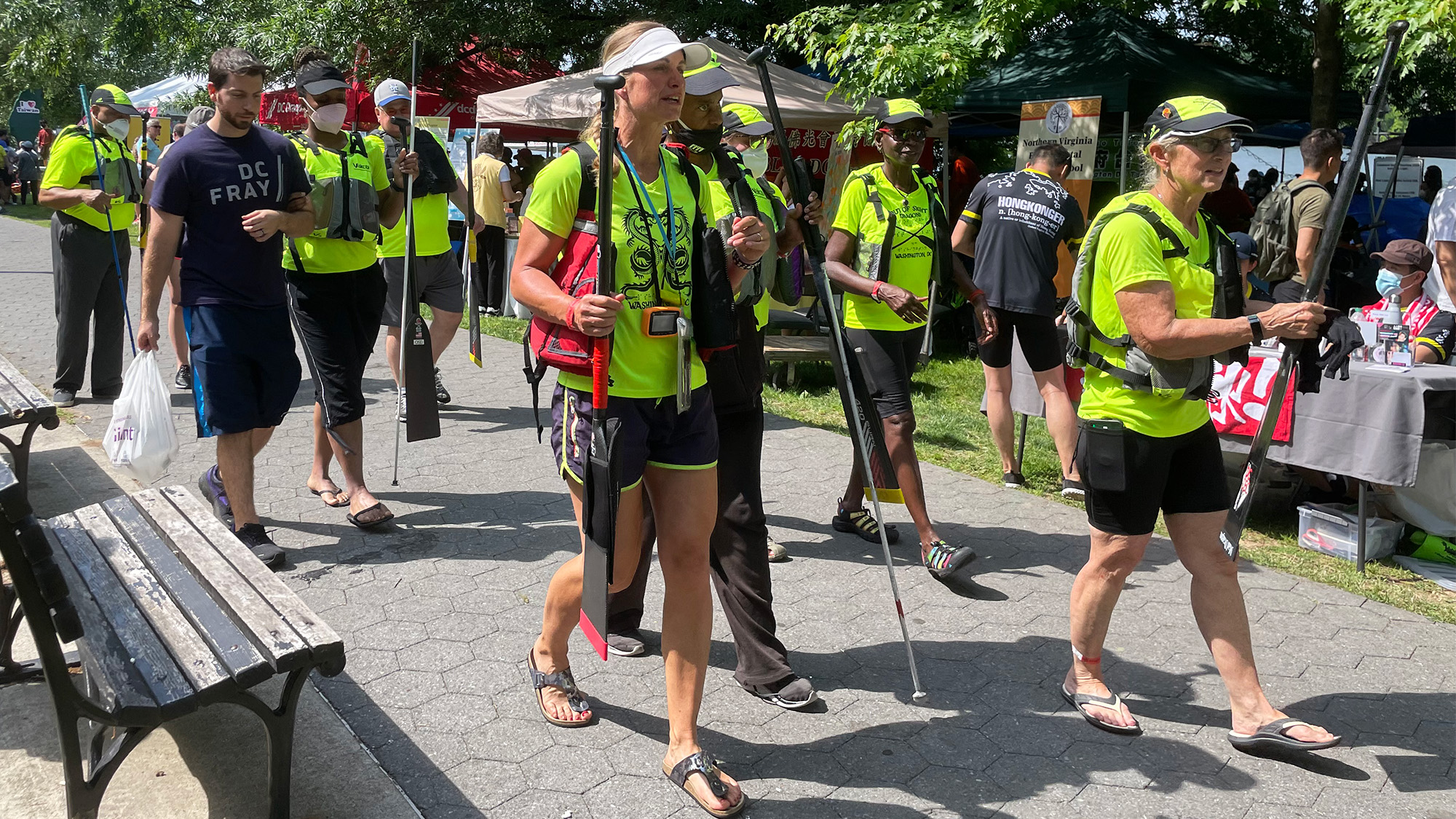
Posted in GUMC Stories | Tagged Biomedical Graduate Education, medical education, SMP, Special Master's Program in Physiology
(December 5, 2023) — As part of Georgetown’s Special Master’s Program in Physiology (SMP), the first of its kind in the U.S., students get a second chance to prove their fitness for the rigors of a medical school education. And in true Georgetown fashion, the SMP curriculum is balanced with Jesuit values and a focus on community service.
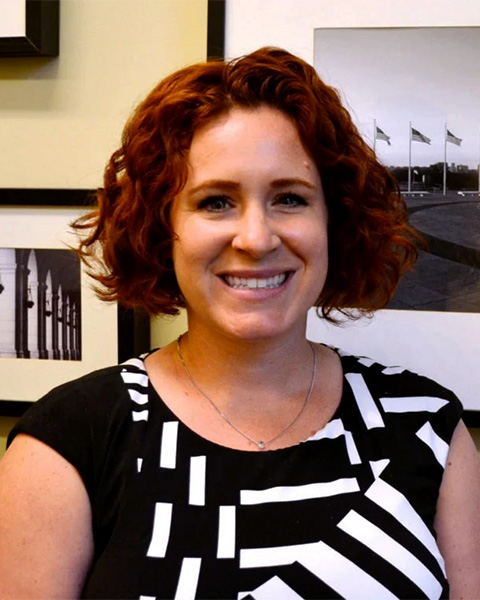
“Applying to medical school is an extremely competitive process, and the SMP provides a second chance for students who want to become doctors but may have experienced a difficult moment in life and their undergraduate transcripts don’t reflect their full potential,” said Jennifer Whitney, PhD, SMP director.
“SMP students are taking the same exams as first-year medical students and are able to show medical schools what they are capable of.”
A Model Program
The SMP program is the longest-running program of its kind in the country. Program graduates are accepted into medical school at an 85% acceptance rate within two years of enrolling in SMP. Some students are even applying to medical school while completing their SMP classes.
“Georgetown started the Special Master’s Program in 1975, and many other schools since then saw what a great idea it was and created their own versions of the program,” said Whitney.
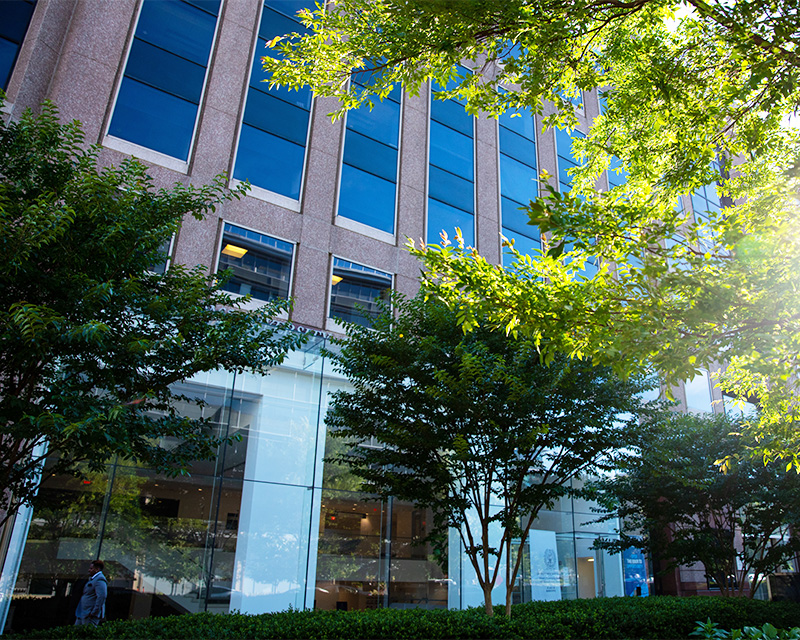
Over 100 students enroll in the Georgetown SMP annually, and students are split between the medical campus and the downtown School of Continuing Studies campus. Students who select the downtown location participate in a “flip” approach to the curriculum, where instead of attending weekly lectures to learn materials, they instead watch lectures on their own and attend class to apply the material with SMP faculty through exercises. The flipped classes are much smaller in size, about 25 to 35 students.
“We realized about eight years ago that not everyone benefits from learning in a large classroom setting, so we introduced a new model focused on small-group learning,” said Whitney. “In our flipped learning model, students come to class Monday through Thursday with faculty members who often taught the lecture on the medical campus and figure out with the faculty how to truly understand the material.”
Students could spend class time working on case examples, building anatomy models, or creating posters where students match drugs with their effects.
“We also play a lot of ‘Jeopardy,’” added Whitney, describing a game created to test the students’ knowledge.
Disciplined Students, Dedicated Faculty
SMP alum and first-year medical student Alejandro Quinonez (G’23, M’27) embodies the program’s commitment to community.
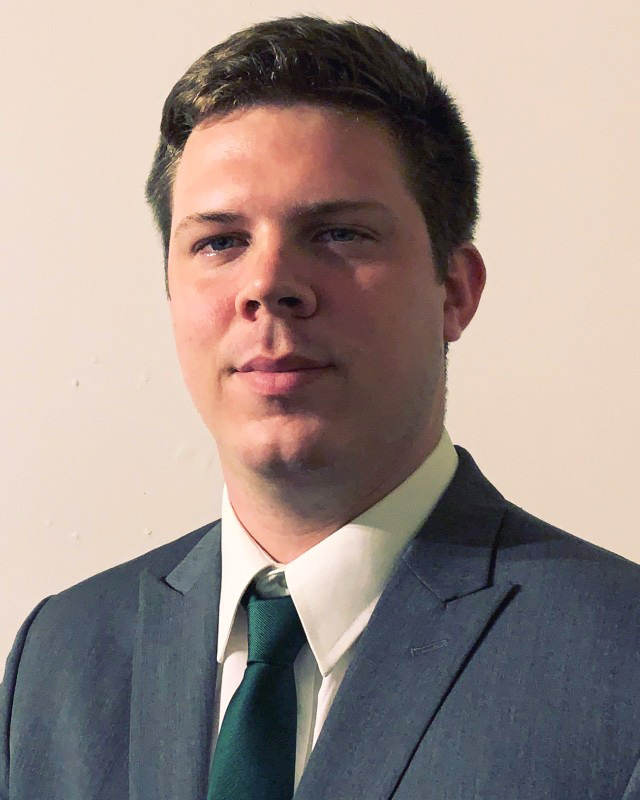
“I grew up in Arlington, Virginia, and knew about Georgetown’s reputation for giving back to the community,” said Quinonez. “As I pursued my medical studies, I knew this is the institution for me because of the focus on community service and social justice.”
During his undergraduate studies at Drexel University, Quinonez played center back for the school’s soccer team. He always had an interest in health care, but Quinonez knew he wanted to become a doctor after graduating and accepting a position as a clinical research coordinator at Shriners Children’s Hospital in Philadelphia.
“As a clinical research coordinator, I worked a lot with patients, enrolling them in programs, and I really fell in love with working with patients,” he said.
After discussing his path forward with physician mentors, Quinonez chose to enroll in the SMP at the downtown location to take advantage of the “flipped” approach to the curriculum.
“I take to that learning style,” said Quinonez. “You have to be disciplined, because it’s very easy to get behind. But it really teaches you to recognize what you don’t know or understand in the material.”
SMP students have a substantial course load, including most of the courses first-year medical students take. In fact, unlike first-year medical students who are graded pass/fail, SMP students receive letter grades on their exams. Letter grades are determined not only by how well an SMP student performs compared to their fellow classmates, but also to first-year School of Medicine students.
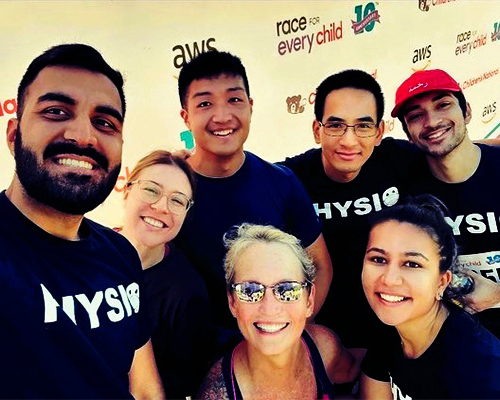
Now as a Georgetown first-year medical student himself, Quinonez is reaping the dividends from his academically challenging SMP year.
“The difficulty of the SMP program has definitely made the transition to medical school easier,” he said. “It’s not just that I am retaking a lot of the same courses, but it’s learning how to study effectively that will help me beyond this first year.”
Quinonez credits the SMP faculty’s commitment to his education for his success.
“The faculty in the SMP program is by far the most supportive academic environment I have ever been in,” said Quinonez, who described how Whitney made time in her schedule to meet with him and a fellow student to go over difficult material from a renal physiology class even though she was not teaching that specific course at the time.
“It had such an impact that she was willing to take the time and go over the material with us until it started to click,” said Quinonez.
‘A Breath of Fresh Air’
To remind students of their larger goal of serving their communities as physicians, SMP students are assigned most Fridays during their academic year to volunteer for a local organization.
“Every Friday students spend in the community either at a clinical or service site,” said Whitney. For clinical rotations, students could shadow an emergency room physician, watch a surgery, or attend home calls with a physician.
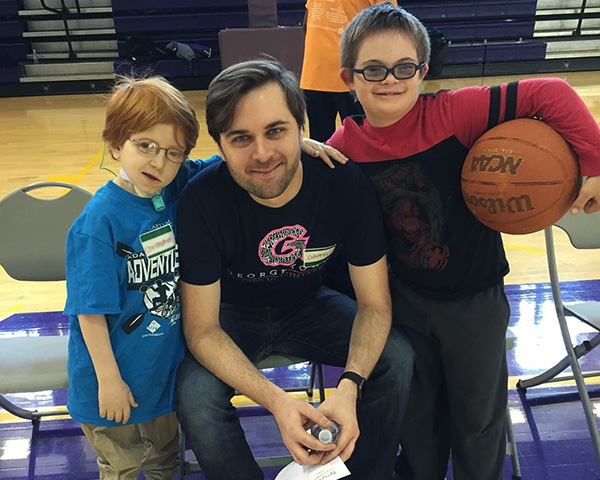
For service rotations, SMP program leadership has developed relationships with community partners, such as organizations focused on food insecurity where students pack and deliver groceries to people in the community. Students also have the opportunity to assist a blind dragon boat rowing league or mentor underprivileged youth.
“The work in the community is a reminder of what they are here to do: to serve their communities,” said Whitney.
“Working with the different community organizations was a breath of fresh air for the week,” said Quinonez. One of his most memorable service experiences was working with children and their families who were undergoing rehab at Children’s National Hospital.
“It really helped me stay motivated during the academic year to get out in the community and make an impact,” said Quinonez. When applying to medical school during his SMP year, he knew he wanted to stay at Georgetown to continue the community-based approach to medicine he is passionate about.
“I’m very grateful that Georgetown and the SMP took a chance on me and gave me the opportunity to excel,” said Quinonez. “My SMP year was the most difficult year of my life, but it was still such a joy to go through it all.”
Heather Wilpone-Welborn
GUMC Communications
